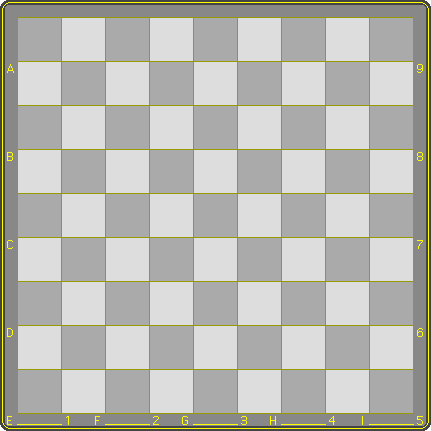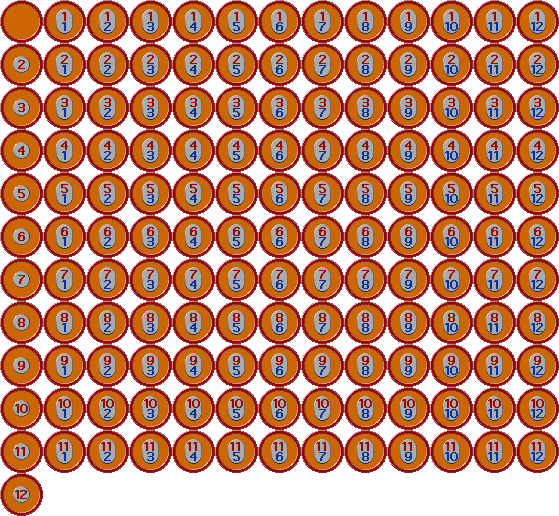Page 1 of 2
Some games lead a basic principle of placement and capture to its logical conclusion - one can only follow and see where it leads, whether illustrious like Go or modest like Checkers. Emergo is an essential implementation of a mechanism of movement and capture called 'column checkers'. Its name is derived from the Latin 'Luctor et Emergo', the motto of the Dutch province of Zeeland, and meaning 'I wrestle and emerge'.
Its origin is a game called Bashni, invented some two centuries ago in Russia. Actually it's fun to play, but that isn't quite enough to make a good game. Competing at running a mile with one foot in a bucket is great fun too, and somebody will win for sure, but that doesn't make it a great sport.
The great Emanuel Lasker made things worse with his game Lasca, which has a better structure but is far less fun. And Lasker made the same classic 'inventor's mistake': he left a great idea where he found it.
To the lobbyists Lasca was 'obviously superior to Checkers' - they ignored its contamination. To the skeptics it was too erratic to be taken seriously - they ignored it altogether. As a result the potential of the concept has been grossly neglected. Stapeldammen for instance is a fabulous implementation that has existed in total obscurity for more than half a century now.
Column checkers - for want of a better name - suffers from a 'weird checkers' image. As it turns out, Emergo is so wide that Chess and Draughts simultaneously drown in it in terms of the number of possible positions. Yet it has less material than both of them. Its inner logic is flawless. Its strategy is basically simple but its tactics are fabulous, both in variety and depth. It can end in a draw, but it is very decisive nonetheless.
The game is a joint effort with Ed van Zon, who got me interested in Lasca's way of capture in the first place.
Rules
If there's mention of men and pieces, a man is single, while a piece consists of a number of stacked men. If the difference doesn't matter, a man may also be referred to as a piece, for instance 'the number of pieces on the board'.
On the board there are squares and lines. These are always dark squares and oblique lines, like the 'e-line' or the '5-line'. A square is identified as the intersection of two lines. The a- and i-line and the 1- and 9-line each count but one square. The board is initially empty.
Object
If a player has no pieces left he loses the game.
 |
|
- There are two phases: the entering phase and the movement phase.
- Capture is obligatory and takes precedence in both phases.
- A player captures the top man of an opponent's piece on an adjacent square, by jumping the piece with his own piece, taking the top man along under it, and landing on the square beyond, which must be vacant for the capture to take place.
- Majority capture precedes: if the capturing piece can continue its course in a similar fashion in any direction except a 180 degrees turn, it must do so, taking care beforehand to establish the route that brings the maximum number of captured men. If there are more ways than one to meet this criterion, the player is free to choose.
- In a multiple capture the capturing piece may visit a square more than once as well as jump a piece more than once!
- Inducing a capture by the opponent is called feeding. Feeding a weak piece to eventually capture its guard(s) and liberate its prisoners is a key-concept in Emergo.
The capture of a single man reduces the number of pieces on the board by one. Since there is no mechanism to increase the number of pieces, a game of Emergo is always 'climbing upward', that is, the number of pieces steadily decreases while their size increases. This is the root of a game's eventual termination and its decisiveness.
| This sequence is only to illustrate mechanics. It is not a game position (because then White would have to enter a man). White moves fe4 and black must take the majority capture hd4x after which white, also under the obligation of majority capture, must capture clockwise (although the applet doesn't enforce it). Anti-clockwise capture would end on the square of origin and bring only four men. As it is the move ends on c4: white liberates a piece of two and captures five men under a cap of three. | ||||||||





